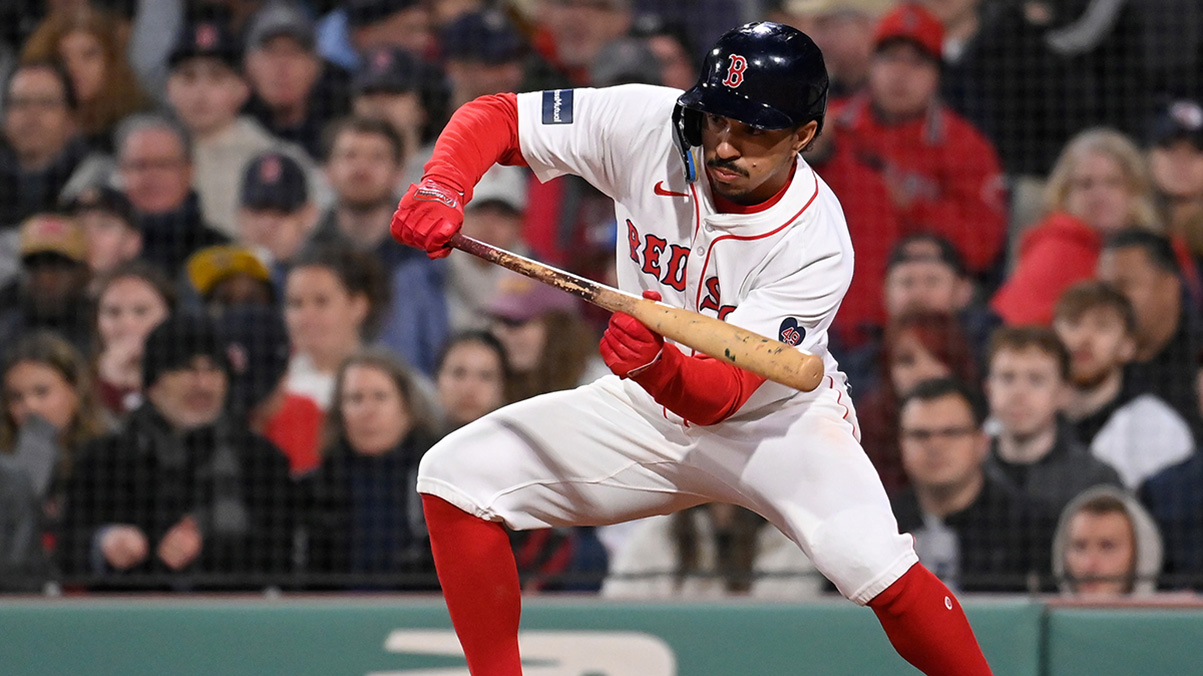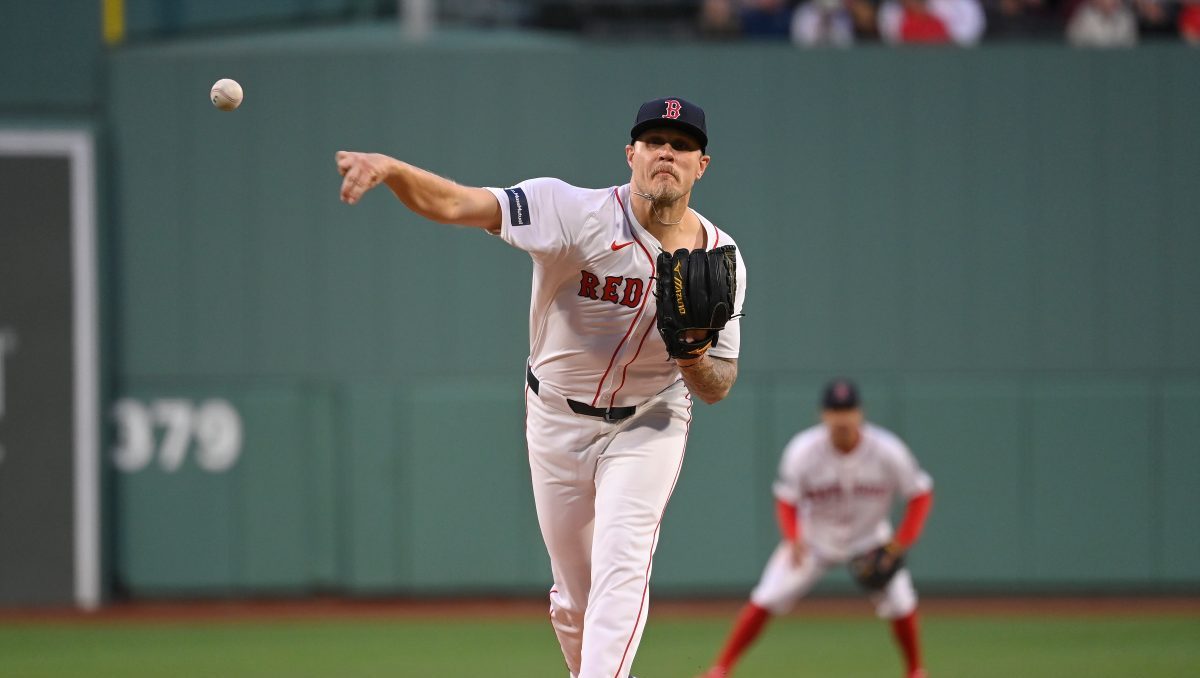The Tampa-fication of baseball hasn't just cursed us with the opener. It has also led to the diminishment of the designated hitter.
By turning the slot once reserved for centerpiece sluggers into a glorified bench role, modern baseball operations departments have opened the door for big-market clubs like the Red Sox to own a significant advantage at the position between David Ortiz and successor J.D. Martinez.
But with Martinez entering the final year of his contract, it's not clear how the Red Sox will treat the spot moving forward. Given Chaim Bloom's emphasis on versatility, it wouldn't be surprising if the chief baseball officer sees DH as a tool of load management, and here's why that would be a shame.
Stay in the game with the latest updates on your beloved Boston sports teams! Sign up here for our All Access Daily newsletter.
Tomase: There should be no debate with Ortiz on this HOF ballot
The Red Sox have dominated designated hitter production over the last two decades between Ortiz and Martinez. Their .892 OPS since 2003, when Ortiz arrived, is nearly 80 points higher than runner-up Cleveland, the only other team over .800. Red Sox DHs have slammed 100 more home runs than anyone else in that frame, driven in 300 more runs, and recorded nearly 800 more total bases.
That's a massive advantage over an extended period, and I hope the Red Sox don't throw it away in the name of roster flexibility.
When Ortiz arrived, you could name most of the DHs in the American League. The Mariners and White Sox started future Hall of Famers Edgar Martinez and Frank Thomas, respectively. The Rangers featured Juan Gonzalez and Rafael Palmeiro. The Indians rolled out 40-100 guy Travis Hafner. The Yankees penciled former MVP Jason Giambi into the lineup.
Boston Red Sox
Sometime in the last 10 years, however, teams moved away from the model. The Rays may not have started the trend, but they certainly perfected it. As is the case with most of their innovations, it was born of necessity, since they couldn't afford the aging slugger usually ticketed for the role. They prioritized versatility and rode it to a series of playoff berths, including 2013, when 10 different players started at DH and seven of them started at least 10 games.
That same year, the Yankees received some of the worst DH production in baseball, despite their massive payroll, shuttling a washed-up Hafner through the spot with negligible production from the likes of Vernon Wells, Alex Rodriguez, and Derek Jeter, too.
The Red Sox won the World Series and the Yankees finished a distant third with 85 wins. The disparity at DH fueled part of that separation, with Red Sox DHs (primarily Ortiz) leading the league in homers, average, RBIs, and OPS, and their Yankees counterparts finishing dead last in three of those four categories.
Today's DHs are barely recognizable by comparison. The best in baseball deserves an asterisk, since the only reason MVP Shohei Ohtani doesn't play a position is because the Angels need him to pitch every five days. The Yankees relied primarily on Giancarlo Stanton, while the Astros rode Yordan Alvarez. The oldest throwback DH in the game, Nelson Cruz, once again topped 30 homers.
Ortiz and Martinez serve as extreme reminders of the kind of advantage a big-market team can build at DH if it's just willing to spend. While Ortiz was probably never paid as much as he deserved, he still averaged $15 million a year over his final five seasons. The Red Sox could afford that luxury and it paid massive dividends. They've likewise benefited handsomely from Martinez's five-year, $110 million deal that has to go down as one of the best the club has ever signed in free agency.
Whether they continue to exploit the position beyond this season is up for debate. In one scenario, they re-sign All-Star Kyle Schwarber when the lockout ends, finagle a position for him all season, and then hand him DH when Martinez leaves next fall. That would be a worthy succession plan. I'd be OK with extending Martinez, too, even though the possibility feels somewhere between, "yeah, no," and "no way."
In a more drably predictable future, they piece together DH like so many uninspiring teams around the league, using the spot to rest regulars while keeping their bats in the lineup. The 2020 Rays, after all, reached the World Series despite starting 10 different players at DH in only 60 games. The 2021 Rays, by contrast, shocked baseball by adding Cruz at the trade deadline, a move that ultimately didn't work out but demonstrated a recognition of need.
The Red Sox need no reminder of what an above-average DH can mean, which is why I hope they don't sacrifice that advantage simply because it's old-fashioned.


